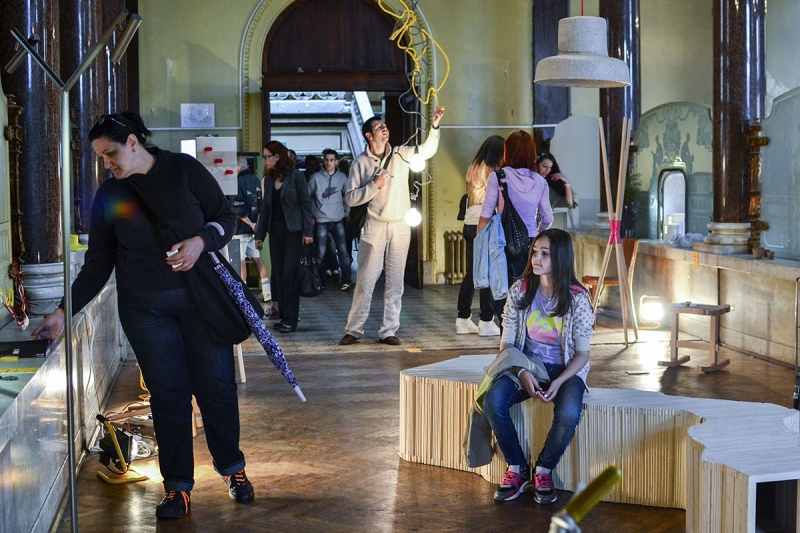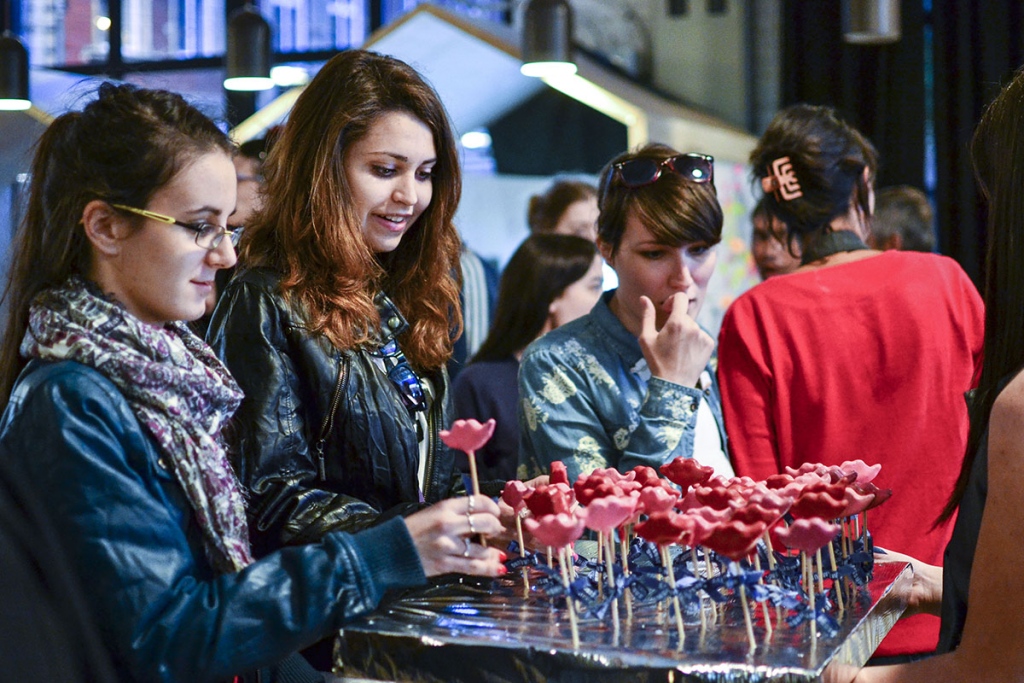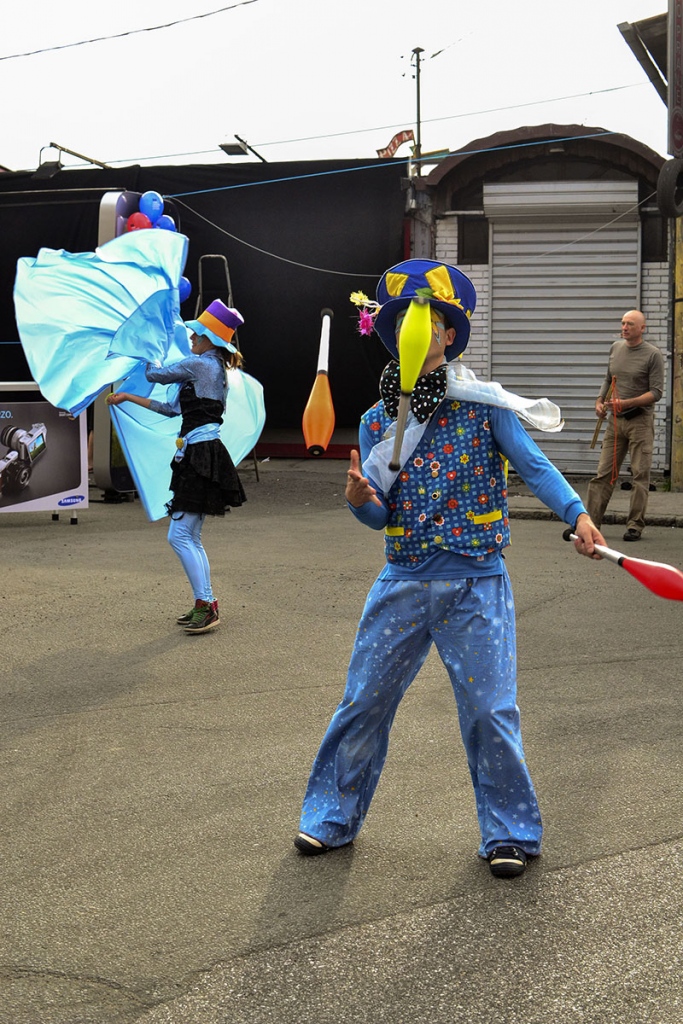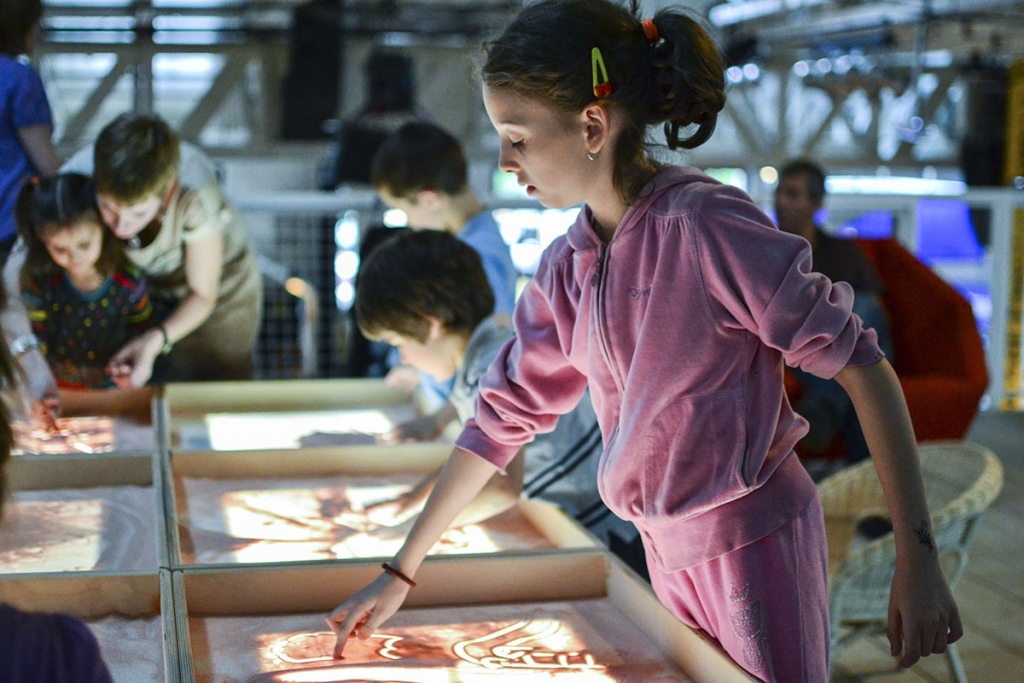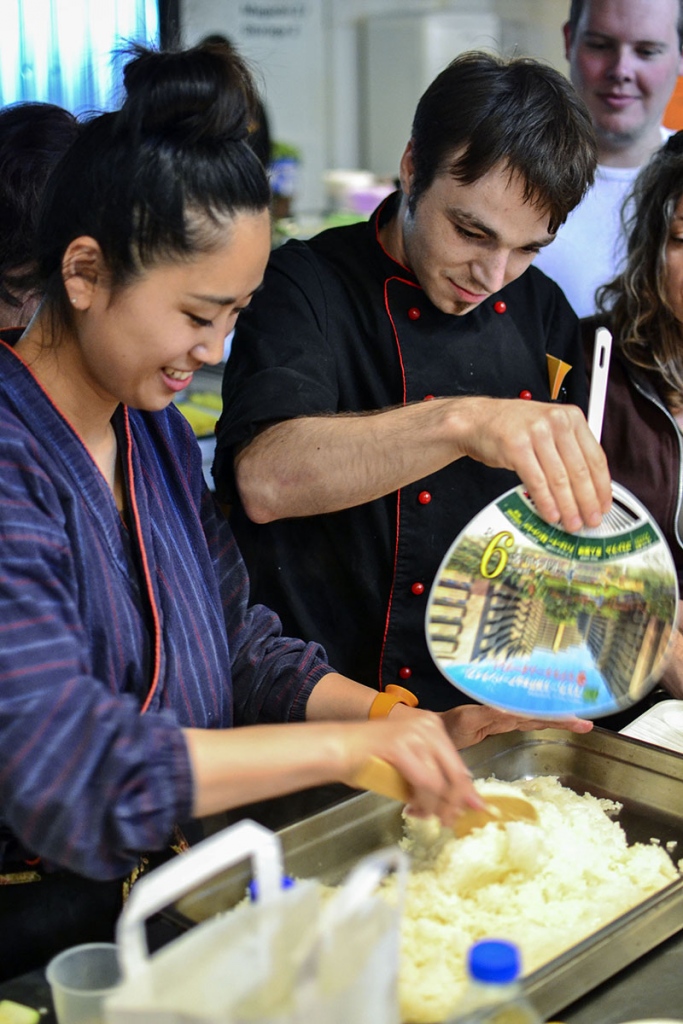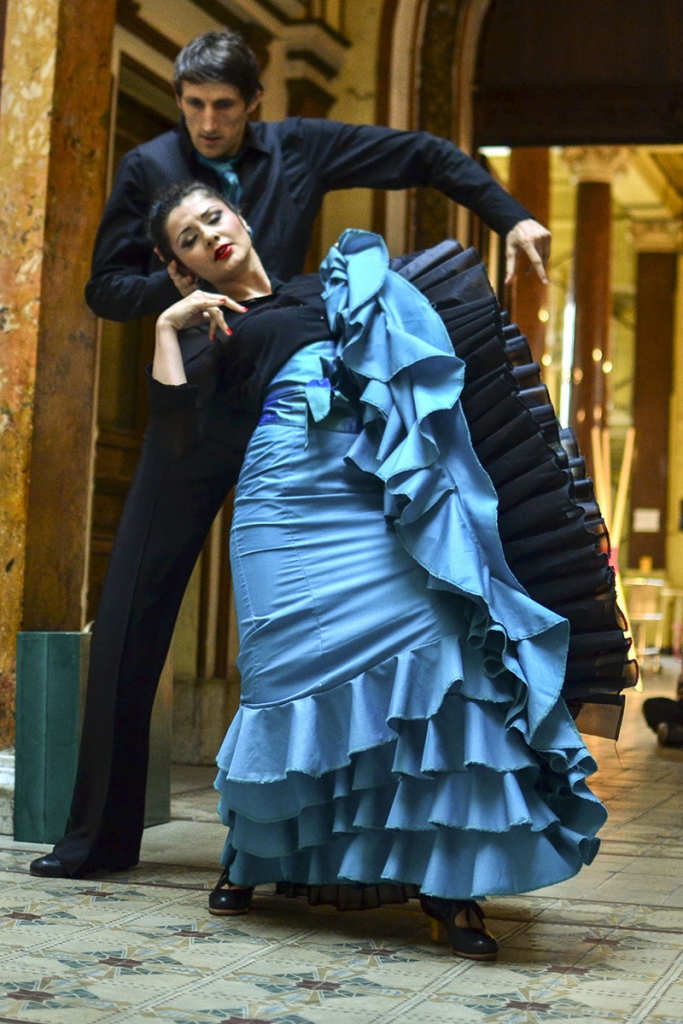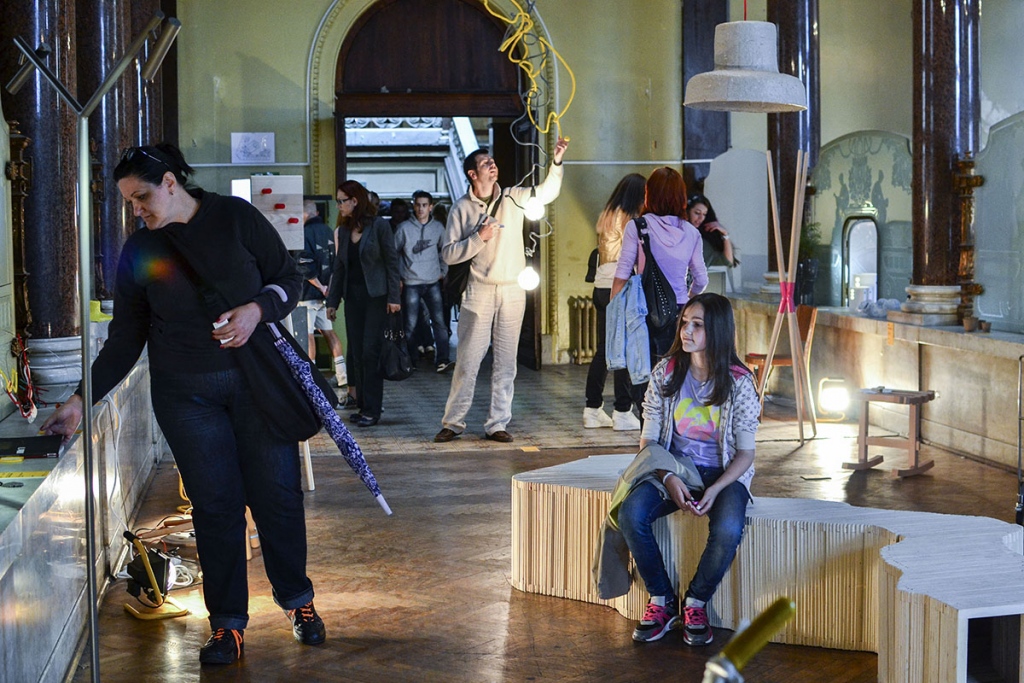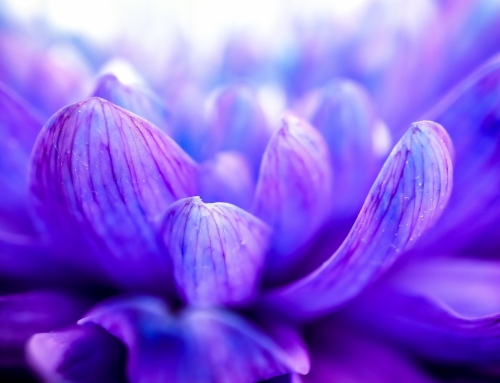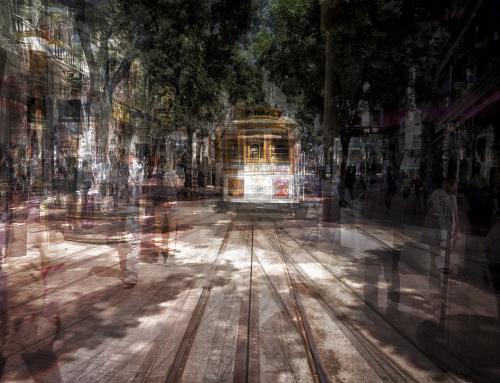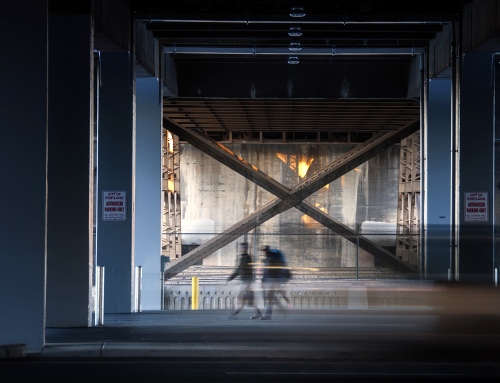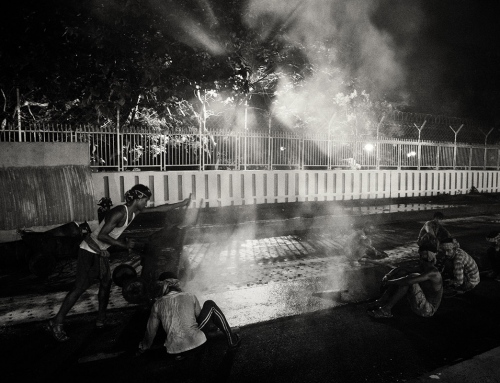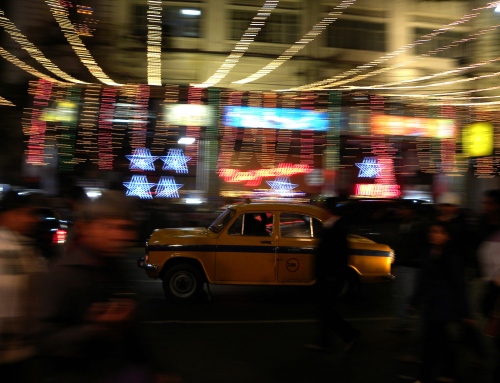Art & Design festivals are becoming increasingly more popular. They can be a great place for practicing your photography skills, because there is always a bunch of things going on. Usually a design festival includes all kinds of exhibitions, classes, workshops, markets and performances to name a few. With all this going on it can be confusing to know where to look and where to point the camera. Here are a few tips that will make photographing a design festival more enjoyable.
Have a program on hand
Art & Design festivals are planned months in advance and they have a rich accompanying program for the public to participate in. Find the program for the festival online and go through it. Look at the events that you are interested in. If it is a bigger festival, there will be a lot of events happening at the same time, so you probably won’t be able to take pictures of them all. So focus on what really interest you and what you feel will look good in photos.
Walk around the festival grounds
When you get to the festival location, walk around first for a while. Scan all the venues and asses the lighting conditions. Don’t bring too much equipment that will be too heavy to carry around. A zoom lens and a normal lens should be enough. If you plan on shooting indoors, or at night, you should maybe consider also bringing a flash.
Go where the people are
If you are not sure where to begin it is always a good idea to go where the people are. People make festivals alive, so capture the crowd interacting with the space. See where at the festival visitors are most active. Find a good spot where you can take photos from and get a feel for the action. Move around if you can but try not to get in the way of the activities if you are not participating. Keep your camera on continuous shooting mode, so you don’t miss any great moments.
Get closer
Now that you are feeling comfortable, start getting closer to your subjects. It’s a good idea to get some wider crowd shots, but to really capture the atmosphere you have to get closer. Try to be as inconspicuous as possible, so people don’t notice you. Candid shots usually work better for these kinds of situations. Pay attention to facial expressions and anticipate movement.
Make connections
Art & Design festivals are a great opportunity for you to get connected with other creative people in your area. Talk to the participants, show them pictures you took, they will appreciate it! They will also feel more relaxed around you and that usually means better photos. And you never know – if they love your pictures they maybe calling you the next time they need some promotional shots.
Photographing a design festival can be tiresome but it is also a great learning experience. Participate in the events you are interested in and remember to relax and have fun!
